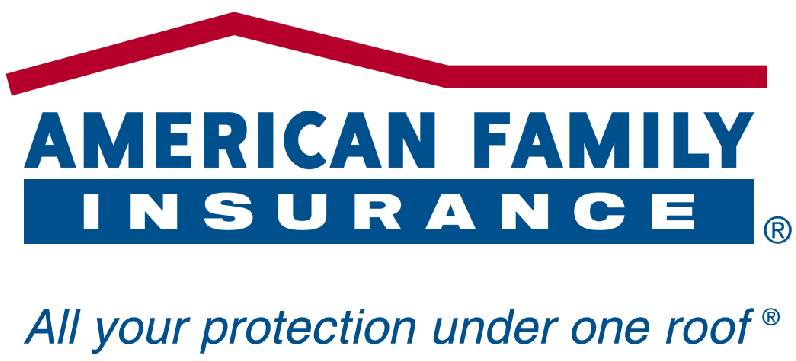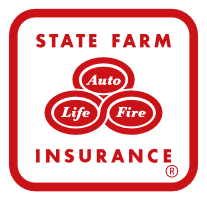Midway City Restoration
Mold Remediation
Mold is found everywhere and can grow on almost any surface when moisture is present. This fast-growing substance can cause serious health problems for some individuals, particularly young children, the elderly, and people with asthma and compromised immune systems. That’s why mold remediation is such a specialized – and necessary – service.
After a water damage incident, mold begins to grow in 24-48 hours, so getting help quickly is key. The mold remediation specialists with WaterDamageRemediation.net are trained to assess, test and treat your mold problem according to three industry-standard steps:
- Assess: Your mold remediation specialist will look for visual signs of mold, plus areas of moisture where mold is likely to develop. He may also look behind furniture, beneath carpeting, wallpaper and paneling, and inside duct work and ventilation systems.
- Sample: Sampling is only recommended when occupants show symptoms of mold infection. But if your mold remediation specialist does sample, he’ll take three types: Air, Surface and Bulk. The three types together help determine the extent of your specific mold problem.
- Cleanup and Remediation: This step includes a number of techniques to dry, disinfect and rid your home of mold. Drying methods are typically a combination of ventilation and artificial dehumidification. For removal, dry ice blasting and wet vacuuming can be used for porous surfaces, while damp wiping with a detergent anti-fungal solution is best for hard surfaces. Your specialist may also use a new technique called dry fogging to fill your home with an EPA-approved chemical that kills mold spores and stops new mold growth on contact. The final step often involves HEPA vacuuming, a special remediation step taken after the area has been dried and all mold and debris removed. Vacuumed particles are stored in an impervious bag and removed from the premises.
Fire Damage Restoration
Fire damages buildings in a very complex way. Not only do you have smoke and heat damage, but water damage can also result from emergency services and sprinkler systems. Fire can also unleash hazardous chemicals, and can critically damage support structures, which may not be visible at first glance. So it’s easy to see why fire damage restoration is such a complicated process.
Leave it to the pros at WaterDamageOrangeCounty.org to restore your home or business after a fire. Our experts will conduct a thorough assessment of the entire affected area before developing a customized action plan for your restoration project.
Here are just a few of the services that the pros at WaterDamageOrangeCounty.org will handle:
- Immediate, professional service
- Smoke and soot damage removal and cleanup
- Water extraction and water damage restoration
- Fire damage restoration of your property and belongings
Our fire restoration providers use only industry-grade equipment and follow IICRC standards for assessment, cleanup and restoration. This means you can trust your home or business restoration to our partners.
Understanding Insurance
When you receive service from WaterDamageOrangeCounty.org, your provider will handle the insurance claims process for you. While you won’t have to deal with phone calls and paperwork, it’s important to understand what type of insurance offers the best protection, and how and when you should use it.
Homeowners Insurance – Most homeowners insurance policies do not cover water damage that results from a flood. Because this type of damage can be so catastrophic, insurance companies view flooding as too big a risk to cover.
Many will, however, cover water damage that occurs during a thunderstorm – say, when a tree branch crashes through your window and rain pours inside your home. But, if improper home maintenance is to blame – a slow-leaking pipe or worn toilet gaskets – your insurance company may deny your claim.
Typically, homeowners insurance policies cover the following accidents:
- A sudden burst or broken pipe
- An overflowing sink or tub
- Appliance hose break
- Clogged and overflowing toilet
- Incoming water from a damaged roof
Homeowners insurance is definitely a good bet. Just be aware that your policy may not cover all types of water damage.
Flood Insurance – Flood insurance covers damage that is the direct result of flooding. So if your sewer line backs up because of a flood, you’re likely covered. If it backs up because your child flushed a toy down the toilet, you’re not.
To help property owners understand flood risk, the federal government classifies all areas as either high-risk, or medium-to-low risk. Structures in high-risk flood zones are obviously most prone to flooding. In fact, flood insurance is required if you purchase a home in a high-risk zone.
It’s also required if changes to your local flood map alter your flood status, or your property has previously received a federal disaster payout and you’re still paying off the loan. Otherwise, flood insurance is voluntary. But keep in mind that nearly 25% of all flood insurance claims are filed by people in medium and low risk zones.
Check out www.floodsmart.gov for more information on flood insurance and your susceptibility to flooding.
Hassle Free Claims Process with Top Insurance Providers







